Ragdoll cats are known for their gentle demeanor and striking appearance. However, there are common misconceptions about their hypoallergenicity. This article explores the facts about Are Ragdoll Cats Hypoallergenic? Debunking Myths and Facts !
🐾 What is a Ragdoll Cat?
Gentle Temperament
Ragdoll cats are known for their calm, docile, and affectionate personalities. This makes them excellent family pets. They are patient, tolerant, and rarely exhibit aggressive behaviors, making them ideal companions for families with young children.
Distinctive Appearance
Ragdoll cats have a distinctive appearance with their large, muscular bodies, long soft fur, and striking blue eyes. Their plush, medium-length coat requires regular grooming to maintain its fluffy, silky appearance.
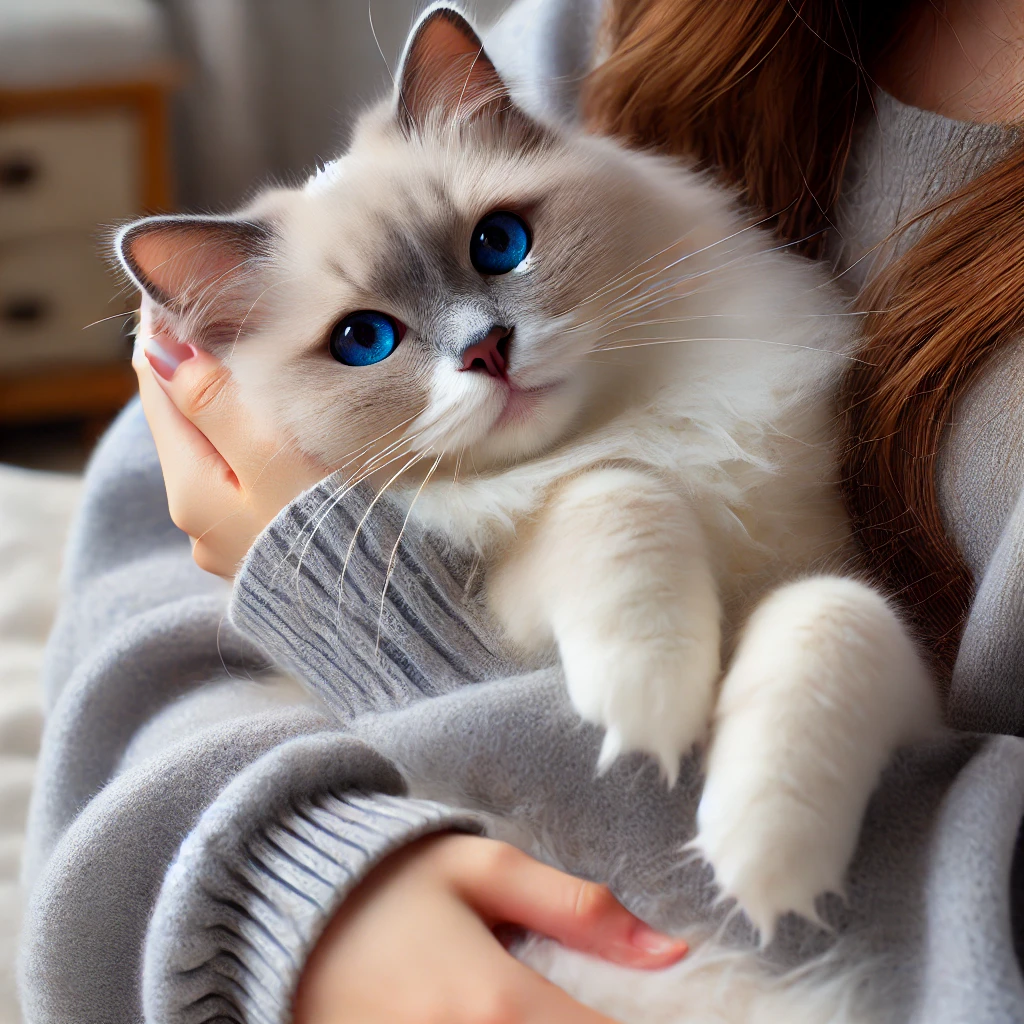
Are Ragdoll Cats Hypoallergenic?
Understanding Hypoallergenic Cats
The term “hypoallergenic” refers to animals that are less likely to cause allergic reactions. While some believe that Ragdoll cats fall into this category, it’s important to understand that no cat breed is completely hypoallergenic.
Allergies are primarily triggered by proteins found in cat dander, saliva, and urine. Ragdoll cats, like all breeds, produce these proteins, and their long, plush fur can trap more dander, potentially exacerbating allergic reactions.
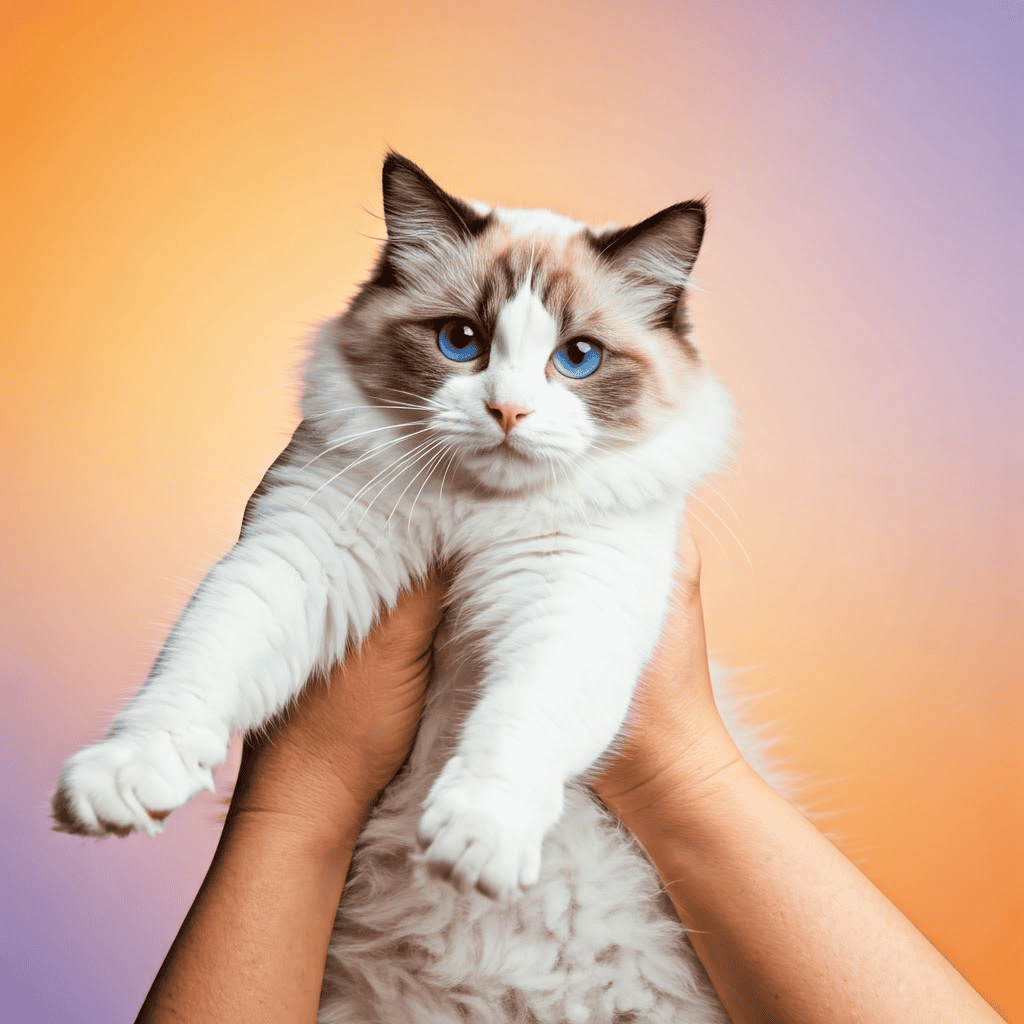
Evaluating Allergy Risks with Ragdolls
To evaluate whether a Ragdoll cat is suitable for someone with allergies, consider the individual’s sensitivity, the cat’s grooming habits, and the overall environment. Regular grooming and maintaining a clean living space can help manage allergy symptoms.
However, individual responses to allergens can vary greatly, so it’s crucial to spend time with a Ragdoll cat before making a decision to adopt. Consulting with a veterinarian or allergy specialist can also provide valuable insights and personalized advice.
📚 Exploring the Hypoallergenic Myth
Dander, Not Fur
Contrary to popular belief, Ragdoll cats do not produce less dander, the primary cause of cat allergies. Their long, plush fur actually traps more dander, potentially exacerbating allergic reactions.
Saliva and Skin Proteins
The allergens in cats come from proteins in their saliva and skin, not their fur. Ragdoll cats produce these proteins just like other cat breeds, making them no more hypoallergenic.
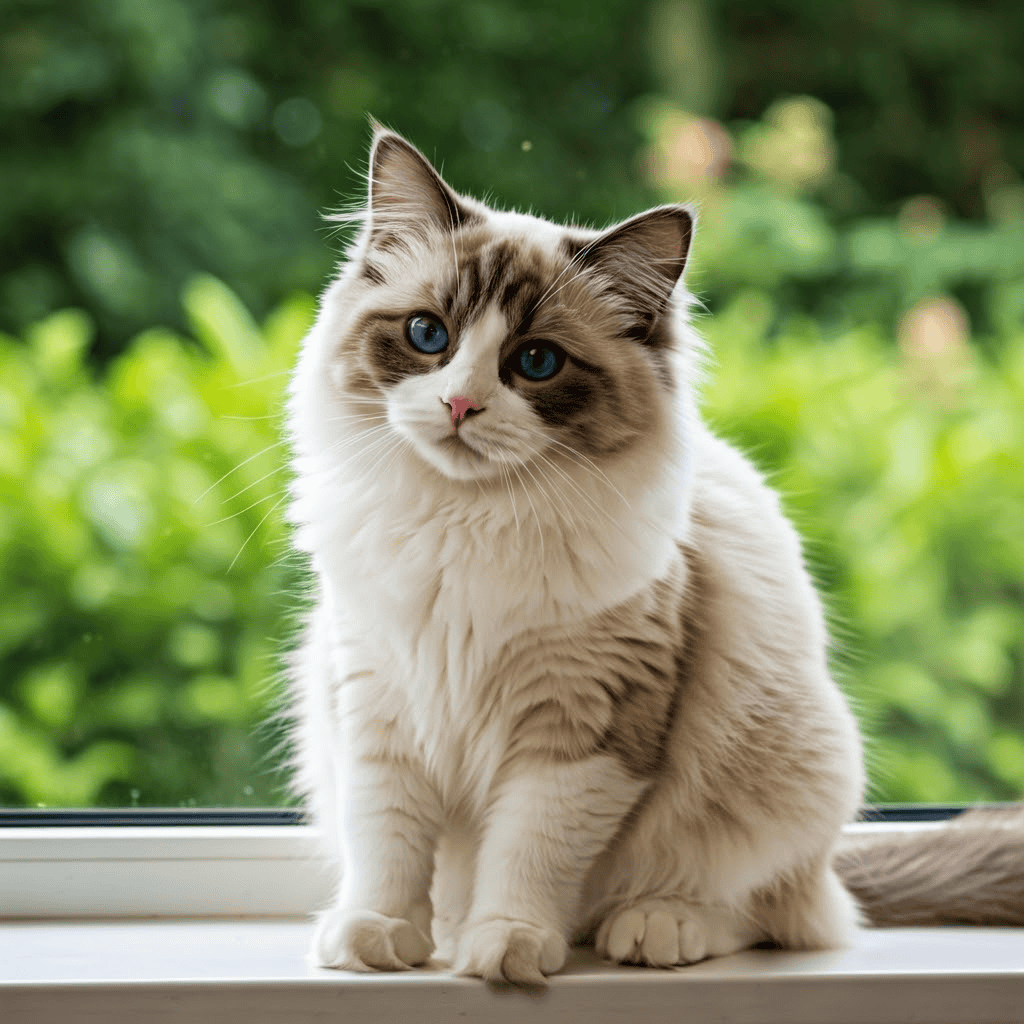
🌡️ Ragdoll Cats and Allergies: The Science Behind It
Individual Sensitivity Varies
An individual’s allergic response to Ragdoll cats can vary greatly depending on their specific immune system and sensitivity levels. Some may experience fewer reactions, while others may still suffer.
Dander Levels
The amount of dander a Ragdoll cat produces can significantly impact allergy symptoms. Some Ragdolls may have higher dander levels than others.
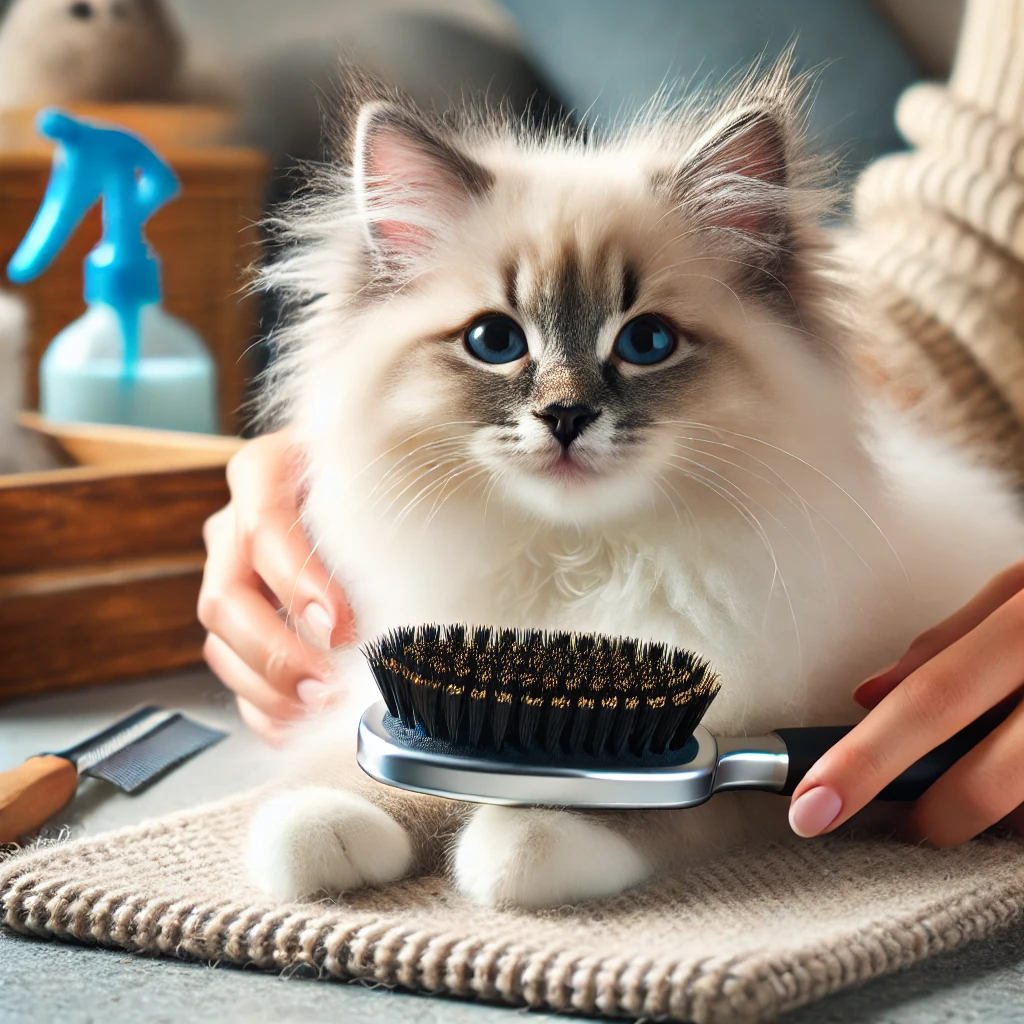
🧴 Shedding and Grooming Habits of Ragdoll Cats
Low-Shedding Coats
Ragdoll cats are renowned for their low-shedding coats, which can be a major advantage for allergy-prone individuals. Their plush, medium-length fur requires regular grooming to maintain its fluffy, silky appearance.
Regular Grooming
Consistent brushing, preferably a few times per week, helps minimize loose hair and distribute the cat’s natural oils throughout the coat. This gentle grooming routine also helps reduce the amount of dander shed, an important consideration for those with allergies.
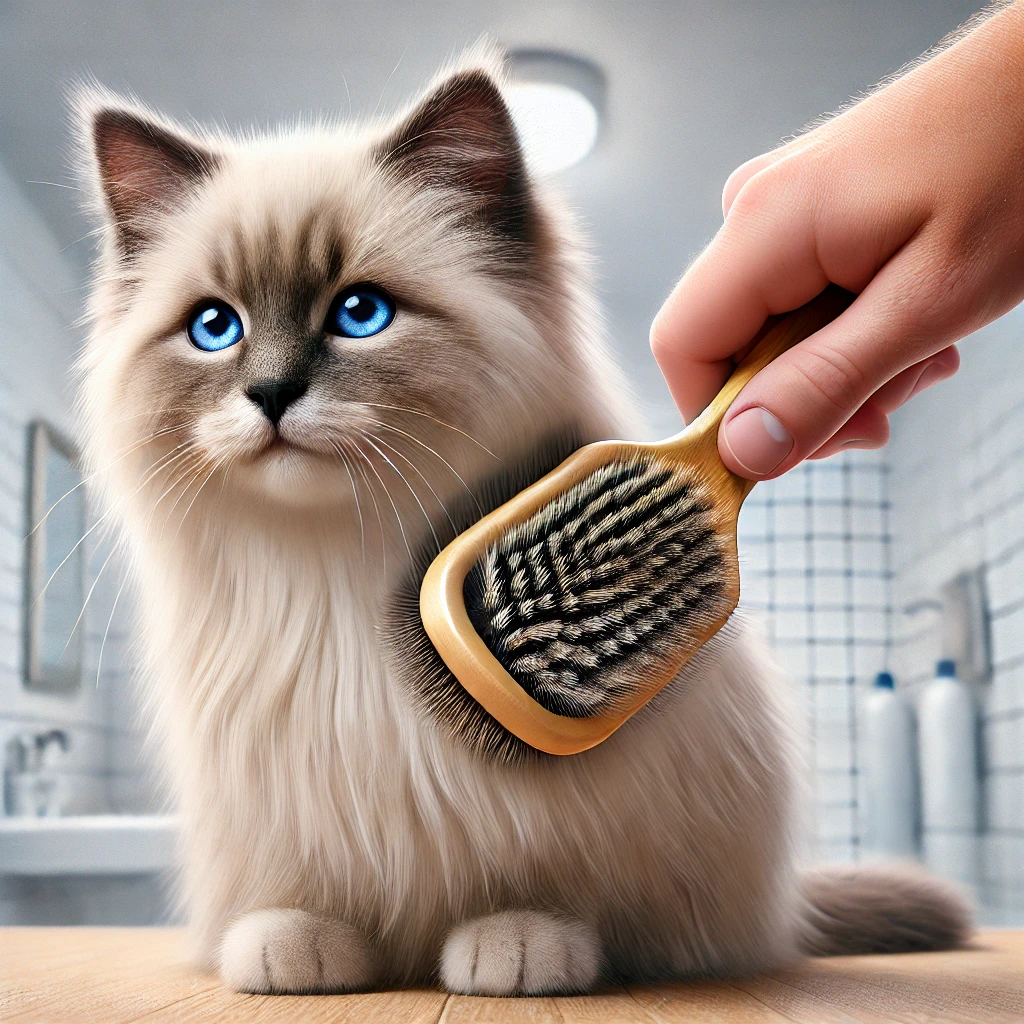
🧬 Factors Affecting Allergies in Ragdoll Cats
Grooming Habits
Regular grooming and bathing can help reduce the amount of loose fur and dander in a Ragdoll’s coat, potentially alleviating allergies.
Environmental Factors
The cleanliness of a Ragdoll’s living space, the presence of other pets, and the individual’s sensitivity can all influence the severity of allergic reactions.
🔬 Comparing Ragdoll Cats to Other Breeds
Coat Composition
Ragdoll cats have a soft, silky coat that is longer and more plush compared to many other breeds. This can contribute to potential allergy concerns for some individuals.
Shedding Levels
While Ragdolls do shed, their shedding levels are generally lower than breeds with shorter, coarser coats. This can be a consideration for allergy-prone owners.
🛑 Myths About Ragdoll Cats and Allergies
Myth: Ragdoll Cats are Hypoallergenic
This is a common misconception. Ragdoll cats, like all cats, produce dander and proteins that can trigger allergic reactions in some people.
Myth: Ragdoll Cats Shed Less
While Ragdolls may shed less compared to some other breeds, they do still shed and produce dander. Their long, plush coats can actually contribute to more shedding.
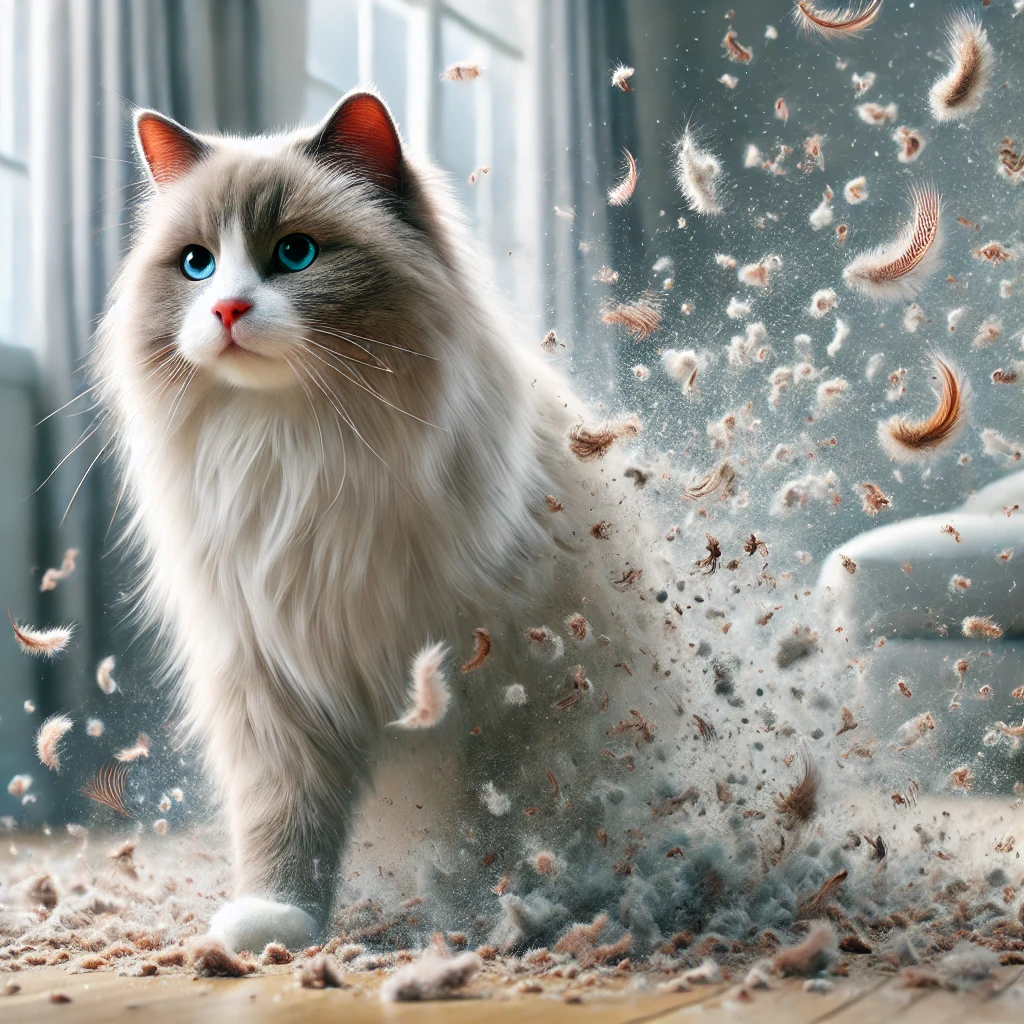
🌬️ Understanding Dander and Its Role in Allergies
Dander Explained
Dander refers to the microscopic flakes of skin shed by cats and other animals. It’s a major allergen for many people.
Triggering Allergies
Dander can trigger sneezing, itching, and other allergy symptoms in those sensitive to it. The immune system responds to dander as if it were a threat.
🧹 Strategies for Reducing Allergic Reactions to Ragdoll Cats
Regular Grooming
Brush your Ragdoll cat regularly to remove excess fur and dander, which can trigger allergies.
HEPA Air Filters
Use high-efficiency particulate air (HEPA) filters in your home to capture allergens like pet dander.
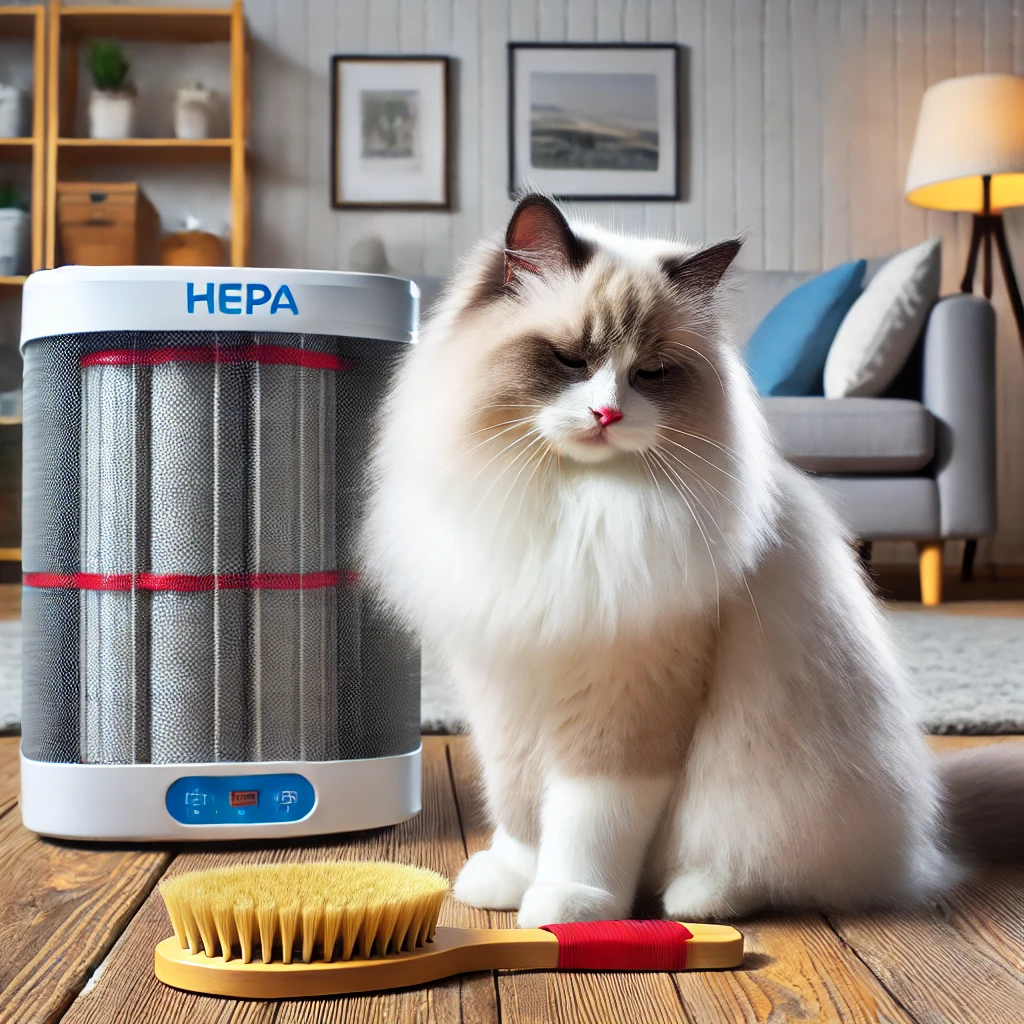
🏡 Choosing a Ragdoll Cat for Allergy-Prone Individuals
Consider Adoption
When selecting a Ragdoll cat for an allergy-prone home, adoption is a great option. Rescue organizations can provide insights into the cat’s hypoallergenic tendencies and health history.
Meet the Cat First
It’s crucial to meet and interact with a Ragdoll cat in person before adopting. This allows you to assess your allergic reactions and ensure the cat is a good fit.
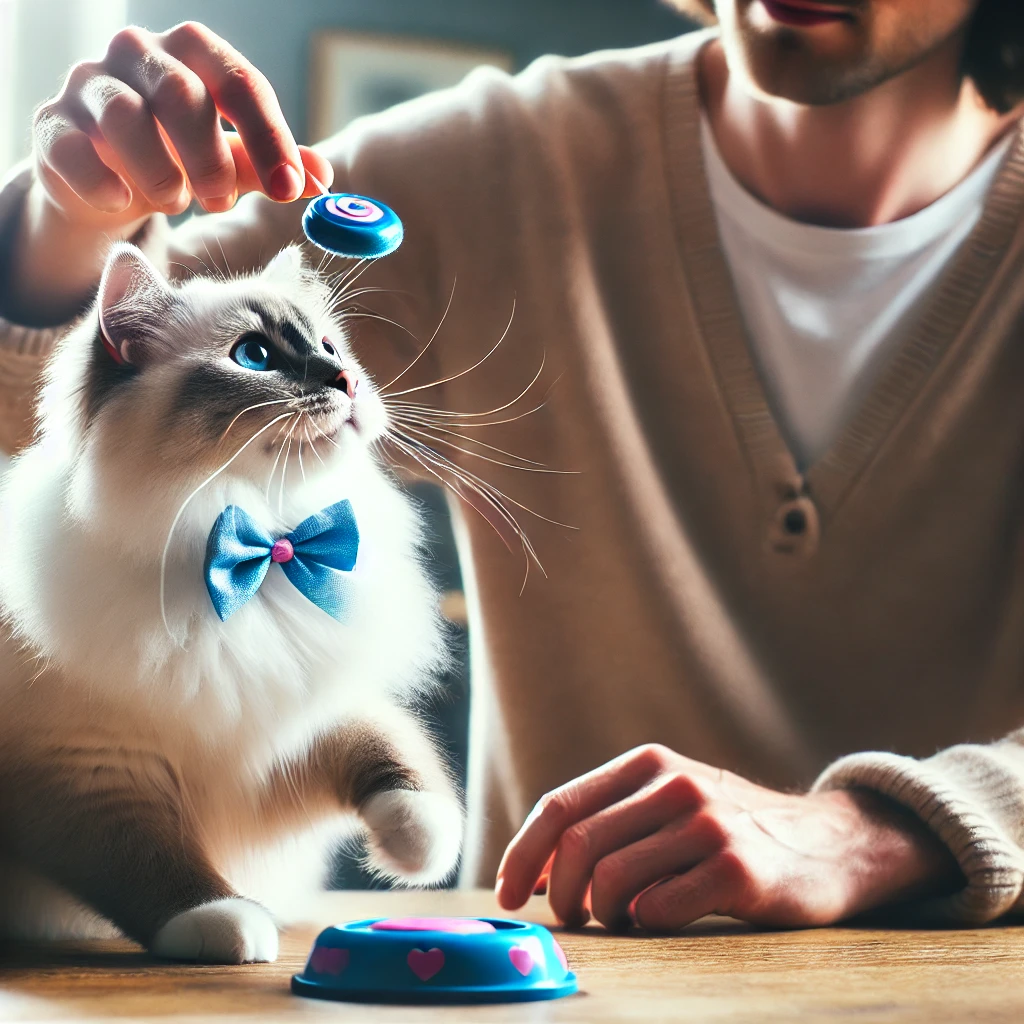
🏠 Preparing Your Home for a Ragdoll Cat
Comfortable Spaces
Create a welcoming environment for your Ragdoll cat with plush, soft surfaces and cat-friendly furniture. Prioritize areas that encourage lounging and napping.
Grooming Essentials
Invest in high-quality grooming tools to maintain your Ragdoll’s long, silky coat. Regular brushing helps reduce shedding and hairballs.
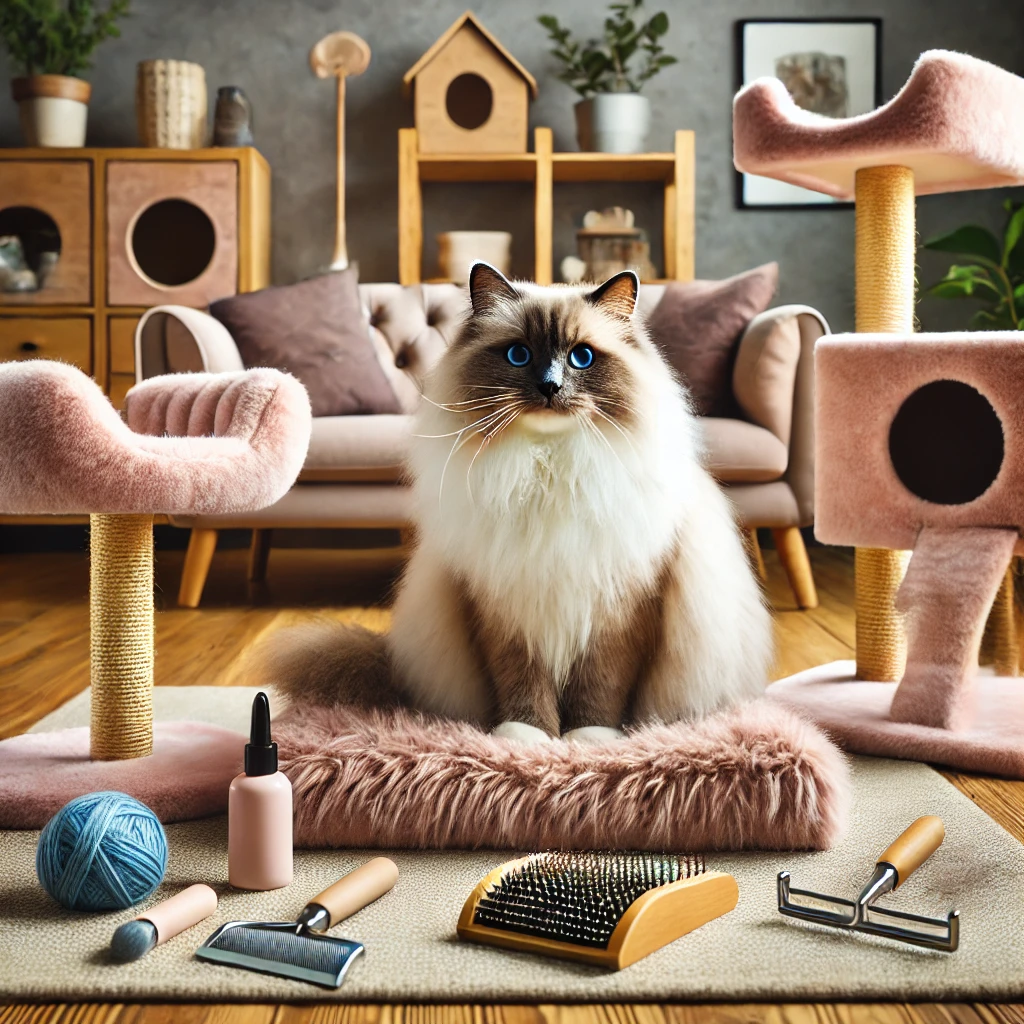
🐾 Caring for a Ragdoll Cat with Allergies in Mind
Groom Regularly
Brush your Ragdoll cat frequently to remove loose hair and dander, which can trigger allergies. This helps reduce the amount of allergens in your home.
Use Allergen-Reducing Litter
Choose a low-dust, unscented litter that won’t stir up as many airborne particles when your cat uses the litter box.
👩⚕️ Consulting with Veterinarians and Allergy Specialists
Veterinary Advice
Consulting with your veterinarian can provide valuable insights into managing allergies to your Ragdoll cat. They can offer personalized guidance on reducing triggers and maintaining your pet’s health.
Allergy Specialist Guidance
An allergy specialist can help you understand the specific triggers and develop a tailored plan to minimize your reactions to your Ragdoll cat. They may recommend treatments or lifestyle adjustments.

🏁 Conclusion: Are Ragdoll Cats Hypoallergenic? Debunking Myths and Facts
After exploring the myths and facts surrounding Ragdoll cats and allergies, the verdict is clear. Ragdoll cats are not entirely hypoallergenic, but they can be a good choice for allergy-prone individuals with proper precautions.
References:
External Links:
